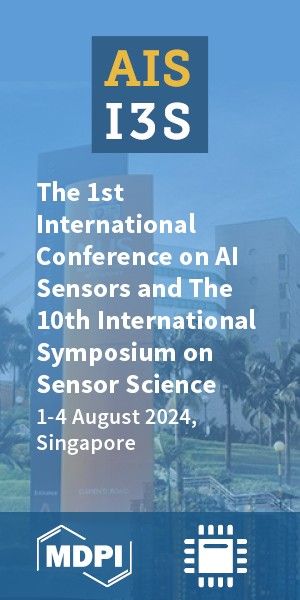Biofilm-Associated Agr and Sar Quorum Sensing Systems of Methicillin-Resistant Staphylococcus Aureus are Inhibited by Fruit Extracts of Illicium Verum
How to cite: Sankar Ganesh, P.; Krishnamurthy, V.; ISwamy, K.; Suvaithenamudhan, S.; Amuthan, M.; Vimali, I.; Veera Ravi, A.; Sivakumar, S.; Dinakar, C.; Nagarajan, S.; Shankar, E.M. Biofilm-Associated Agr and Sar Quorum Sensing Systems of Methicillin-Resistant Staphylococcus Aureus are Inhibited by Fruit Extracts of Illicium Verum. Preprints 2019, 2019080096. https://doi.org/10.20944/preprints201908.0096.v1 Sankar Ganesh, P.; Krishnamurthy, V.; ISwamy, K.; Suvaithenamudhan, S.; Amuthan, M.; Vimali, I.; Veera Ravi, A.; Sivakumar, S.; Dinakar, C.; Nagarajan, S.; Shankar, E.M. Biofilm-Associated Agr and Sar Quorum Sensing Systems of Methicillin-Resistant Staphylococcus Aureus are Inhibited by Fruit Extracts of Illicium Verum. Preprints 2019, 2019080096. https://doi.org/10.20944/preprints201908.0096.v1
Abstract
Keywords
Subject
Copyright: This is an open access article distributed under the Creative Commons Attribution License which permits unrestricted use, distribution, and reproduction in any medium, provided the original work is properly cited.
Comments (0)
We encourage comments and feedback from a broad range of readers. See criteria for comments and our Diversity statement.
Leave a public commentSend a private comment to the author(s)








